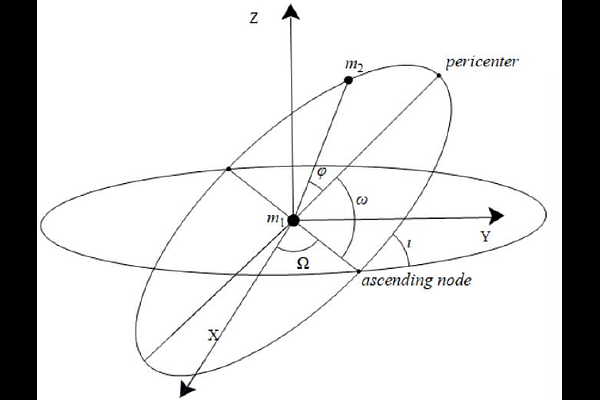Detectability of dark matter density distribution via gravitational waves from binary black holes in the Galactic center

Detectability of dark matter density distribution via gravitational waves from binary black holes in the Galactic center
Zhijin Li, Xiao Guo, Zhoujian Cao, Yun-Long Zhang
AbstractThe fundamental nature of dark matter (DM) remains unknown, with significant uncertainties in its density profile. DM environments surrounding massive binary black holes (BBHs) modify their orbital dynamics, thereby altering gravitational wave (GW) emissions. For BBH systems at the Galactic Center, dynamical friction induced by DM spikes could produce detectable deviations in GW spectra, potentially observable by future space-based detectors. To address the uncertainties in the Galactic Center's DM profile, we systematically examine two scenarios: the generalized Navarro-Frenk-White (gNFW) profile and its post-spike modification. We investigate the evolutionary effects of DM dynamical friction and accretion on the eccentricity and semi-latus rectum of secondary black holes (BHs) in elliptical orbits. By constructing orbital models with varying initial eccentricities across the mass-semi-latus rectum parameter space and utilizing 30 years of simulated pulsar timing array data from the Square Kilometer Array (SKA), we identify detectable parameter regimes of DM effects and employ these GW observational signatures to constrain different DM density profiles. Our analysis reveals that among gNFW profiles ($\gamma=2,1.5,1,0.5$), only $\gamma=2$ produces significant detectable signatures. The formation of DM spikes further enhances these observable waveform deviations for all gNFW slopes.